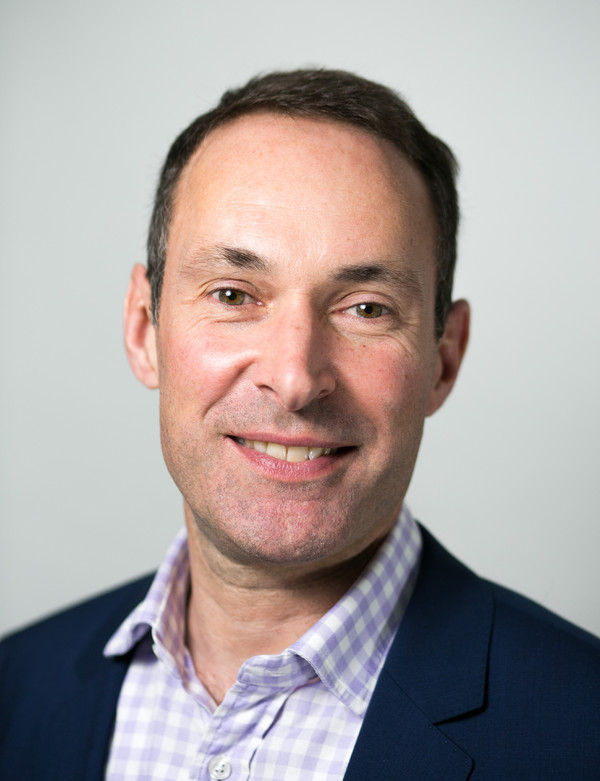Five years ago, turbines of 3-4MW rated power set the standard. Today the largest commercially operating wind turbine is 7.5MW, while leading manufacturers are promising new larger machines (Siemens Gamesa 8MW by 2020; MHI Vestas 9.5MW by 2019; Senvion 10MW by early 2020’s; GE 12MW by 2021).
The partners of the Innwind R&D project foresee offshore wind turbines of up to 20MW rated power and 290m height by 2030. In the US, Sandia National Laboratories are even proposing 50MW turbines with rotor diameters of 400m. These new giant turbines are pushing the boundaries of technology in areas such as bearing design, gearboxes, blade aerodynamics and support structures.
How are insurers to respond to this dramatic growth in scale?
On the one hand, increased scale is key to maintaining the downward trajectory of offshore wind energy costs. Indeed, the winners of recent offshore wind project auctions are hanging their hats on larger machines being available at the time of construction in order to achieve project profitability.
Larger machines are also needed to develop offshore wind projects further from shore and in deeper waters where balance of plant costs is higher. Larger turbines are therefore key to maintaining and growing a successful offshore wind industry.
At the same time, however, the rapid growth in turbine scale has the potential to increase technical risks and failure rates. With gigawatt-scale offshore wind farms under development in the North Sea, a serial failure requiring a change-out of components in every turbine would bring tears to the eyes of even the largest underwriter.
So how is the industry to balance the need for larger turbines with acceptable technical risk?
Here we need to take a lesson from history. During the birth of the modern wind industry in the 1980’s, companies such as Boeing & United Technologies raced ahead to build megawatt scale machines, but the technological leap was too great and they ultimately failed. Instead it was companies such as Vestas who started small and incrementally developed larger machines who succeeded. The winners were the tortoises, not the hares.
So today, new technological developments need to proceed in a step-by-step manner. For each development there is a strong need to maintain quality control, effective risk management and contingency planning. By maintaining an evolutionary approach to turbine design, insurance premiums will not stifle innovation or future project development.
